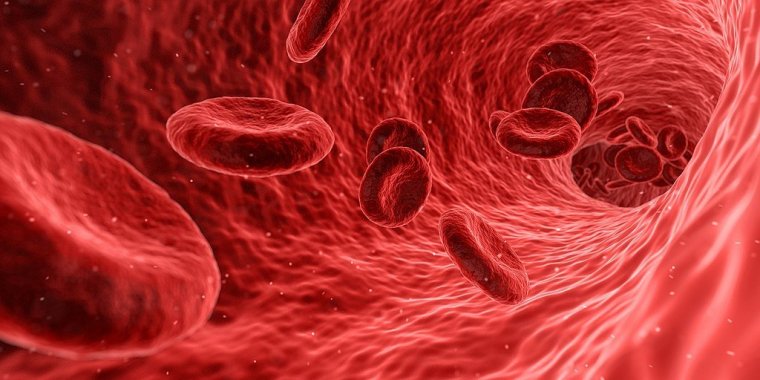| Health / Health News |
Scientists create ‘genetic atlas’ of proteins in human blood
An international team of researchers led by scientists at the University of Cambridge and MSD has created the first detailed genetic map of human proteins, the key building blocks of biology. These discoveries promise to enhance our understanding of a wide range of diseases and aid development of new drugs.
The study characterised the genetic underpinnings of the human plasma ‘proteome’, identifying nearly 2,000 genetic associations with almost 1,500 proteins. Previously, there was only a small fraction of this knowledge, mainly because researchers could measure only a few blood proteins simultaneously in a robust manner.
The researchers used a new technology to measure 3,600 proteins in the blood of 3,300 people. They then analysed the DNA of these individuals to see which regions of their genomes were associated with protein levels, yielding a four-fold increase on previous knowledge.
Compared to genes, proteins have been relatively understudied in human blood, even though they are the ‘effectors’ of human biology, are disrupted in many diseases, and are the targets of most medicines.
One of the uses for this genetic map is to identify particular biological pathways that cause disease, exemplified in the paper by pinpointing specific pathways that lead to Crohn’s disease and eczema.
In some cases, the researchers identified multiple genetic variants influencing levels of a protein. By combining these variants into a ‘score’ for that protein, they were able to identify new associations between proteins and disease.
For example, MMP12, a protein previously associated with lung disease was found to be also related to heart disease – however, whereas higher levels of MMP12 are associated with lower risk of lung disease, the opposite is true in heart disease and stroke; this could be important as drugs developed to target this protein for treating lung disease patients could inadvertently increase the risk of heart disease.
MSD scientists were instrumental in highlighting how the proteomic genetic data could be used for drug discovery. For example, in addition to highlighting potential side-effects, findings of the study can further aid drug development through novel insights on protein targets of new and existing drugs.
By linking drugs, proteins, genetic variation and diseases, the team has suggested existing drugs that could potentially also be used to treat a different disease, and increased confidence that certain drugs currently in development might be successful in clinical trials. (University of Cambridge)
YOU MAY ALSO LIKE



